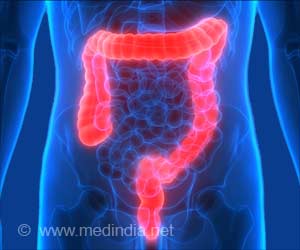Q: Which specialist doctor to consult for nutritional insufficiency?
A: A Nutritionist or a Registered Dietitian should be consulted for nutritional insufficiency.
Q: What can you eat on a FODMAP diet?
A: Foods that are low in FODMAPs like oats, millets, gluten-free products, lactose-free milk, cottage cheese, broccoli, eggplant, kiwifruit, strawberry, chicken, fish, almonds, and walnuts can be consumed.
Q: How is a low-FODMAP diet implemented?
A: A low FODMAP diet will restrict foods that are high in FODMAPS like wheat, onion, milk, apples, and many more until symptoms subside. Next, FODMAP containing foods are re-introduced to identify the trigger foods. Lastly, diet is personalized based on the trigger foods.
Q: Why the low-FODMAP diet is bad?
A: A well-planned low FODMAP diet will prevent nutritional deficiencies, constipation, and other proposed side effects of low FODMAP diet.
Q: What are the worst foods for IBS?
A: Foods containing Fermentable Oligo-, Di-, Monosaccharides,And Polyols (FODMAPs) can trigger adverse symptoms in IBS. Some of them are wheat, garlic, onion, apple, cow’s milk, fermented vegetables, pistachios, cashews, and many more.











